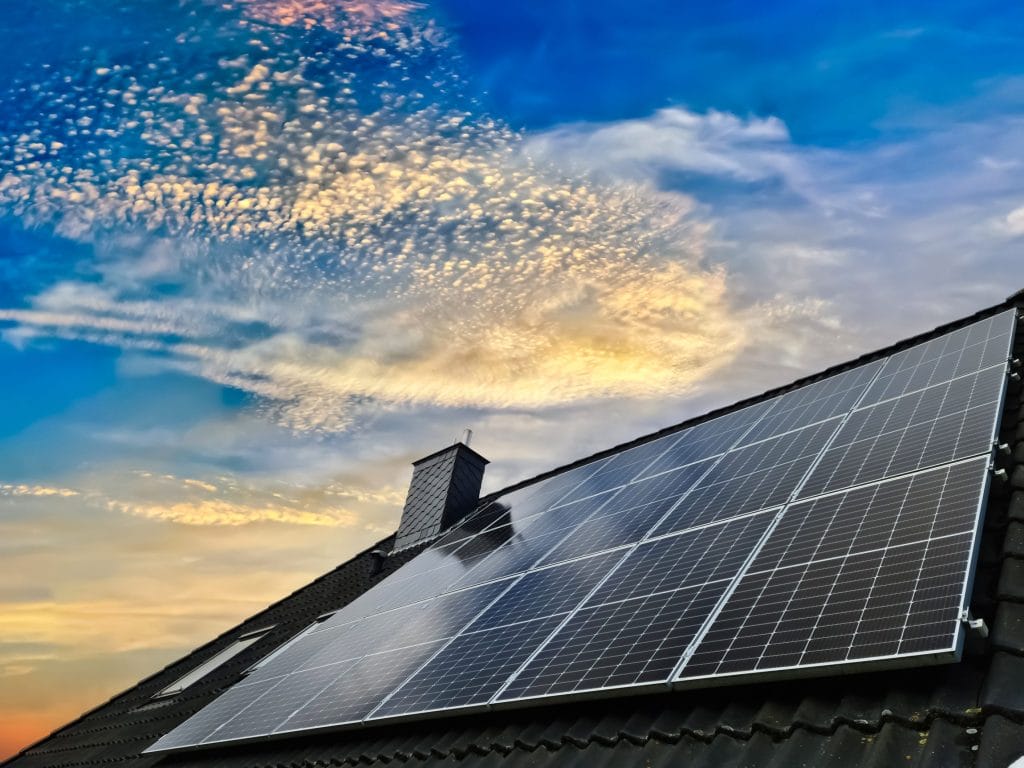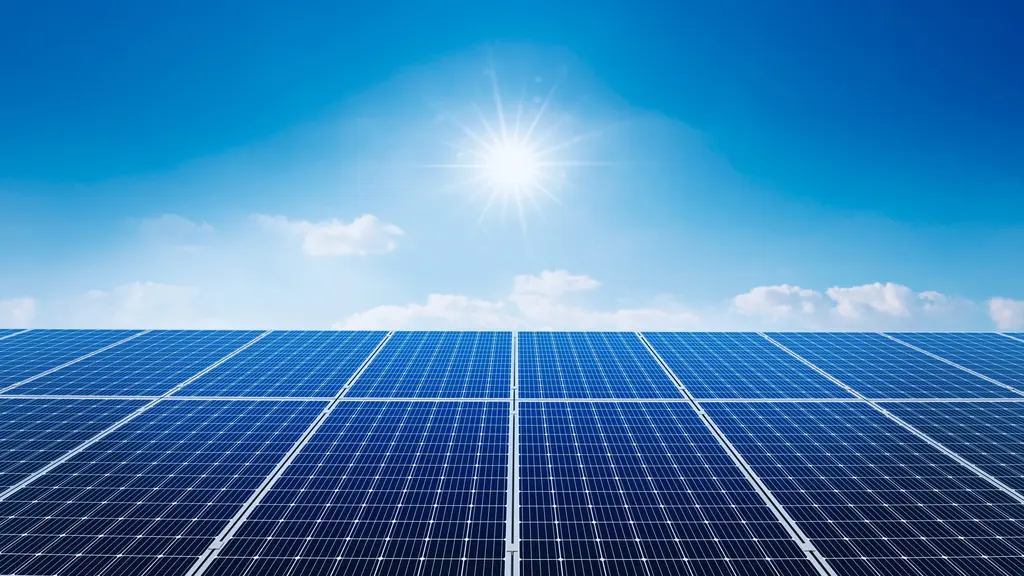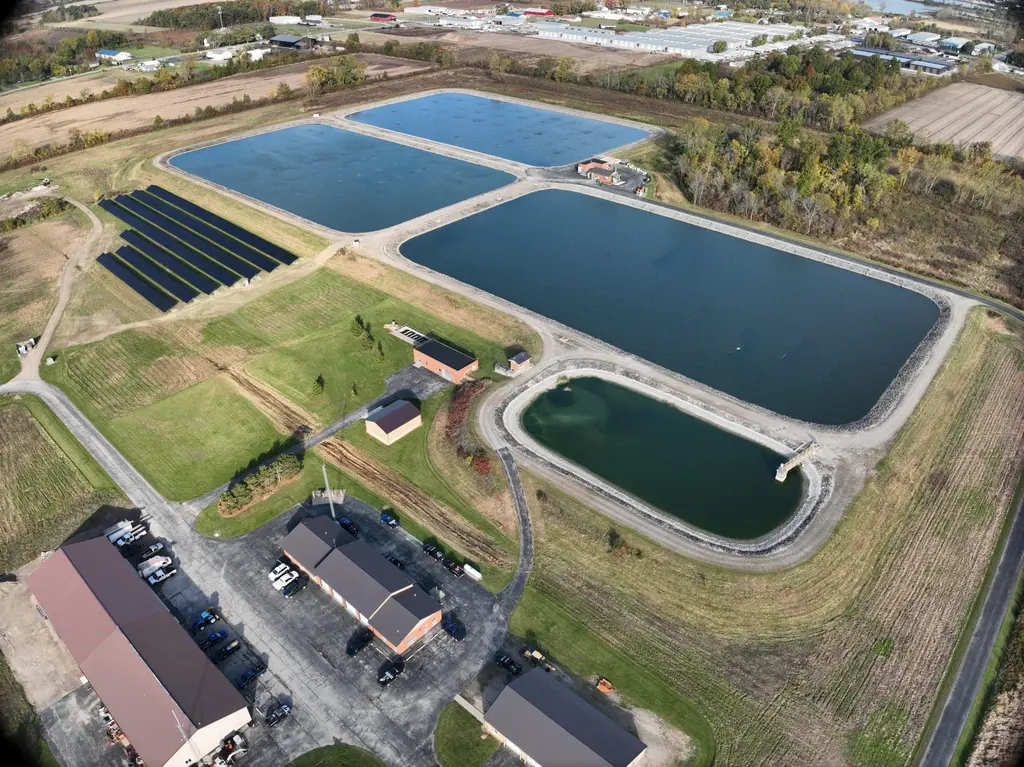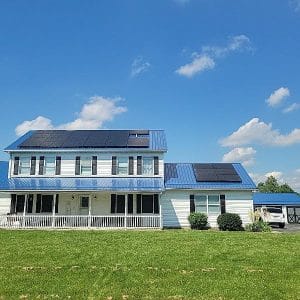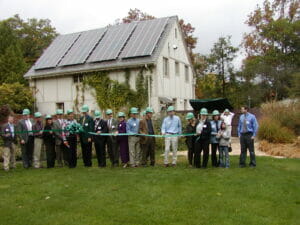On April 8th, 2024, many Ohioans will have the opportunity to witness a rare celestial event – a solar eclipse! You won’t want to miss it – the next total solar eclipse in Ohio isn’t expected until 2099!
What is a Solar Eclipse?
A solar eclipse happens when the moon passes directly between the sun and the earth. This casts a big shadow on the earths surface.
Here in Ohio, an approximately 124 mile strip of land will be totally covered in shadow for only a few minutes on April 8th. Other parts of Ohio bordering this shadow will experience partial shadow, where the moon will only partially obscure the sun, there will be a partial shadow and partial darkness.
Why is a solar eclipse rare?
A total solar eclipse is rare because the “path of totality” is a very narrow path on earth, and only lasts for a few minutes, making it a fleeting occurrence.
The last total solar eclipse in Ohio happened over 200 years ago – in 1806.
What should I expect for my solar array?
Your solar array will not have any sunlight to absorb during the solar eclipse.
As the moon passes across the sky and obscures the sun partially at first, and then fully, you can expect to see your solar production drop to zero, and return as light returns.
Total Eclipse: if your home is located in the path of totality, where the sun will be completely obscured, your solar production will drop to about nighttime levels for the period of totality, which will last about 10 minutes.
Partial Eclipse: if your home is located in an area experiencing a partial eclipse, the solar production dip will be proportionate to the amount that the sun is obscured. If the sun is 60% blocked, you can expect about a 60% drop in production during the solar eclipse.
We are requesting that our clients send us screenshots of their solar production after the eclipse so we can share with everyone what this type of phenomenon looks like in terms of solar production!
What is the timing of the Solar Eclipse in Ohio?
The total solar eclipse will take place on April 8th between 3:08 – 3:19 PM.
Some Ohio Cities along the path and when the eclipse will begin:
- Hamilton: 3:09, lasting 1 minute, 42 seconds
- Dayton: 3:09 lasting 2 minutes, 34 seconds
- Delaware: 3:11 lasting 2 minutes, 35 seconds
- Dublin: 3:11lasting 1 minute, 23 seconds
- Toldeo: 3:12 lasting 1 minute, 53 seconds
- Akron: 3:14 lasting 2 minutes, 43 seconds
- Cuyahoga Falls: 3:13 lasting 2 minutes, 56 seconds
- Cleveland: 3:13 lasting 3 minutes, 49 seconds
How Should I Practice Safety During the Solar Eclipse?
Your Eyes: As you know, it’s unsafe to look directly at the sun unless you have eye protection designed for solar viewing.
Even viewing part of the sun through cameras, binoculars, telescopes or sunglasses that don’t have a solar filter is not advised.
Special Solar eclipse glasses are necessary to help filter out the harmful ultraviolet and infrared light from the sun, you can purchase these special solar eclipse glasses at your local stores or can be ordered online.
The American Astrological Society has a list of recommended vendors who supply specialty solar viewing glasses.
Traveling: People are excited about viewing the solar eclipse and will be traveling from miles around to the “path of totality.” With all these people packing into a124-mile band to witness this epic celestial event, traffic experts are expecting the roads to be busy. So always take caution, be patient and practice safety while driving to your viewing destination!
Ohio Eclipse Events:
Thousands of events are being planned in Ohio for this event. From NASA’s event in Cleveland to 48 of the country’s fairgrounds. Some places hosting events include Armstrong Air and Space Museum in Wapakoneta, Sun Watch Village in Dayton, Shelby County Fairgrounds, Sidney and the Cleveland Museum of Natural History, Cuyahoga Valley national Park, and many more!
Check out these links for events happening near you!
2024 Total Eclipse Map — The Eclipse Company
Solar Eclipse Camping Guide 2024: 100 Best Campgrounds | Hipcamp





